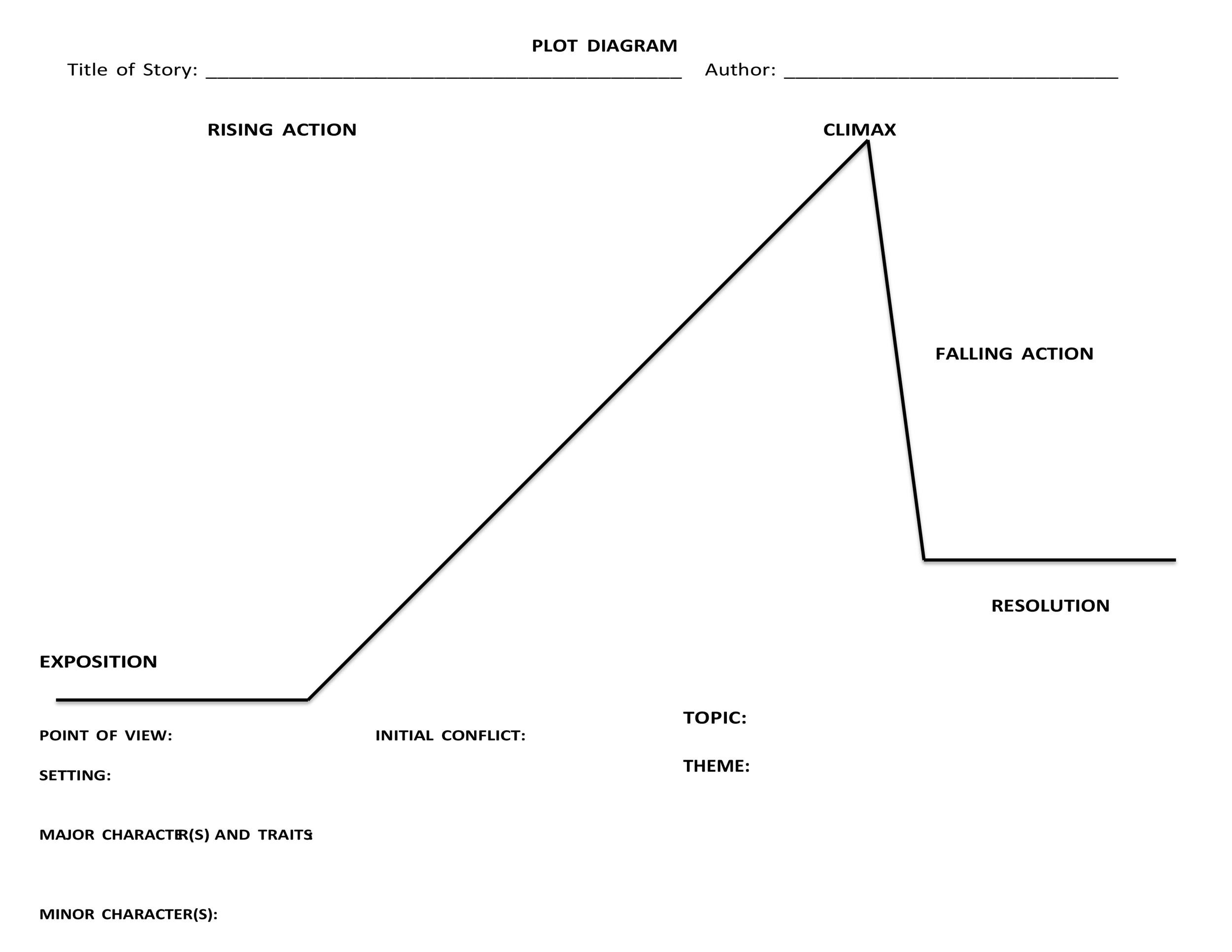

How well this works depends on the target and can be computed by the inter-rater-variability, i.e.As you decide on a subjective value that depends on your self (temporarily as well as in general) this needs to be done in a real world scenario by as many people as possible (a number between 5 and 20 is quite common).The process of assigning a value to a recording is called annotating, labeling or judging.Related to that: with respect to Likert scales the most important question is wether there's a neutral value or not.Basically, for this seminar you got to decide if it's binary (0/1, on/off, true/false) or graded, like a discreet value on a Likert scale or simply a continuous value in the range or (also a surprisingly difficult question).
#Formant plot wavesurfer how to#
There's a whole standard recommendation on the topic of how to describe emotional states.Typical candidates would be interest, nervousness or valence. If you want to compare across participants it's important you have the same concept of what is your target.

Typically, with emotions, you distinguish between categories (like anger, friendlyness, sadness) and dimensions like pleasure, arousal or dominance (also known as PAD space).
#Formant plot wavesurfer software#
this software based on Praat or the ina spech segmenterĪnnotate the recording Decide on a target by a VAD (voice activity detection) algorithm.


 0 kommentar(er)
0 kommentar(er)
